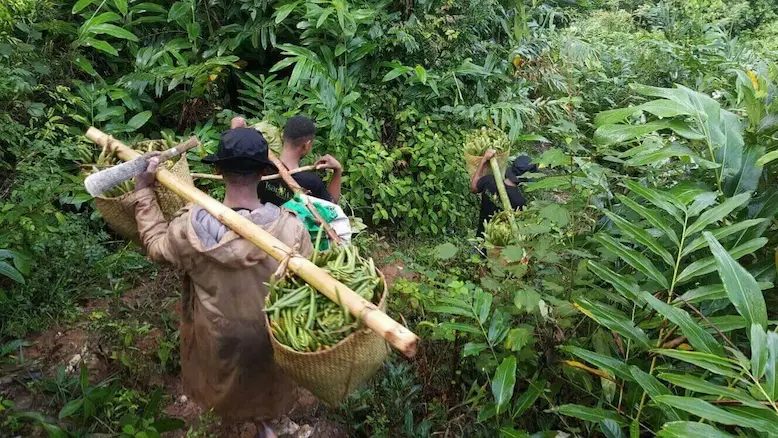Discover the Enchanting Journey of Madagascar Vanilla Beans
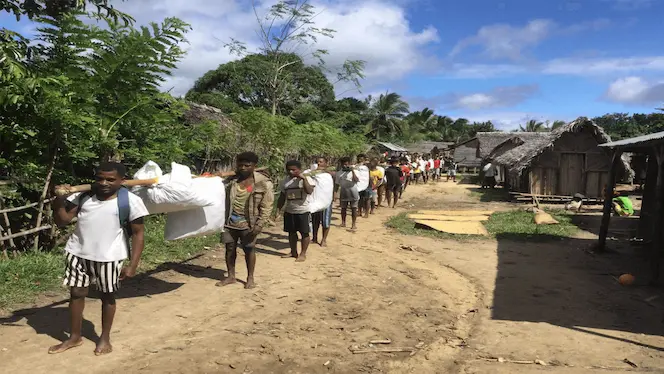
Immerse yourself in the captivating world of vanilla farming, a practice steeped in tradition and skill, and discover how this fragrant spice makes its journey from the lush fields of Madagascar to your kitchen
The Origin of Vanilla
Vanilla, a flavor we all know and love, has a rich history that dates back to ancient times. But have you ever wondered where this delightful flavor comes from? The answer is the vanilla orchid, a plant native to Mexico but now grown in various parts of the world.
The Importance of Madagascar in Vanilla Production
Madagascar, an island country off the southeastern coast of Africa, is the world’s largest producer of vanilla. The country’s tropical climate and rich soil create the perfect conditions for growing high-quality vanilla beans.
Meet Our Farmer: Roger Arison
A Brief Introduction to Roger Arison
Meet Roger Arison, a 39-year-old vanilla farmer from Antalaha, Madagascar.
Roger lives in the Fokontany of Antanambaon’Ampano and has been cultivating vanilla beans for over a decade on his 1.5-hectare farm, which houses around 800 vanilla plants.
He is a proud father of five and a respected member of his community.
The Legacy of Vanilla Farming in Roger’s Family
Vanilla farming is a tradition in Roger’s family, dating back to 1975. Over the years, they have witnessed the transformation of vanilla from a humble orchid to a lucrative crop that has significantly improved their community’s economic health.
The Unique Climate and Ground of Antalaha
Antalaha, the home of our farmer Roger, is blessed with a unique climate and ground that significantly contribute to the superior flavor of Madagascar vanilla beans .
The region experiences a tropical climate with a rainy season from November to March, providing the vanilla orchids with the necessary moisture.
The ground in Antalaha is rich in minerals, which nourishes the vanilla plants and enhances the flavor of the beans.
This perfect combination of climate and ground conditions results in the production of vanilla beans with a rich, creamy flavor and sweet, buttery aroma that is unique to Madagascar
The Pivotal Role of the Sava Region in Vanilla Cultivation
Vanilla cultivation in the Sava region of Madagascar is the primary occupation for the vast majority of its residents.
Nestled in the northeastern part of Madagascar, the Sava region encompasses the towns of Sambava, Antalaha, Vohémar, and Andapa. Remarkably, this region alone is responsible for 95% of Madagascar’s vanilla production.
This statistic underscores the region’s critical role in the local economy and its substantial contribution to the global vanilla industry.
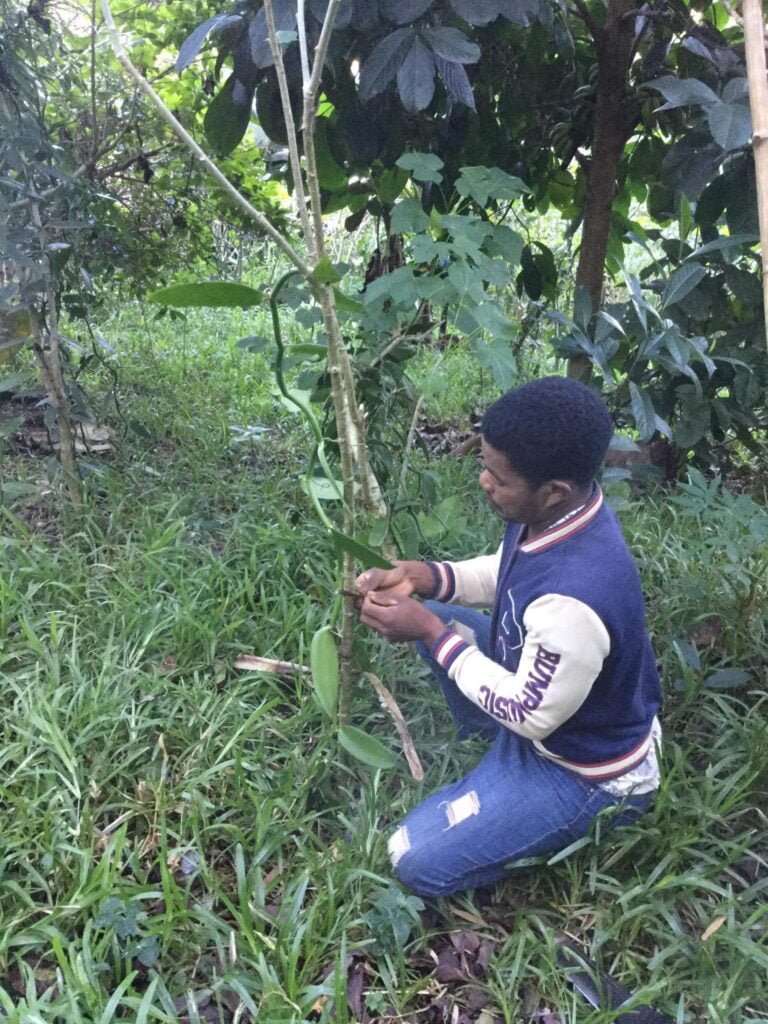
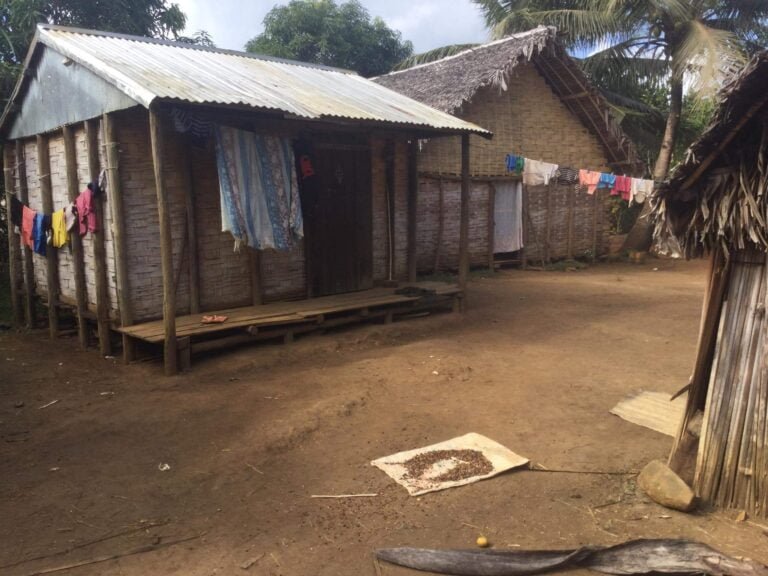
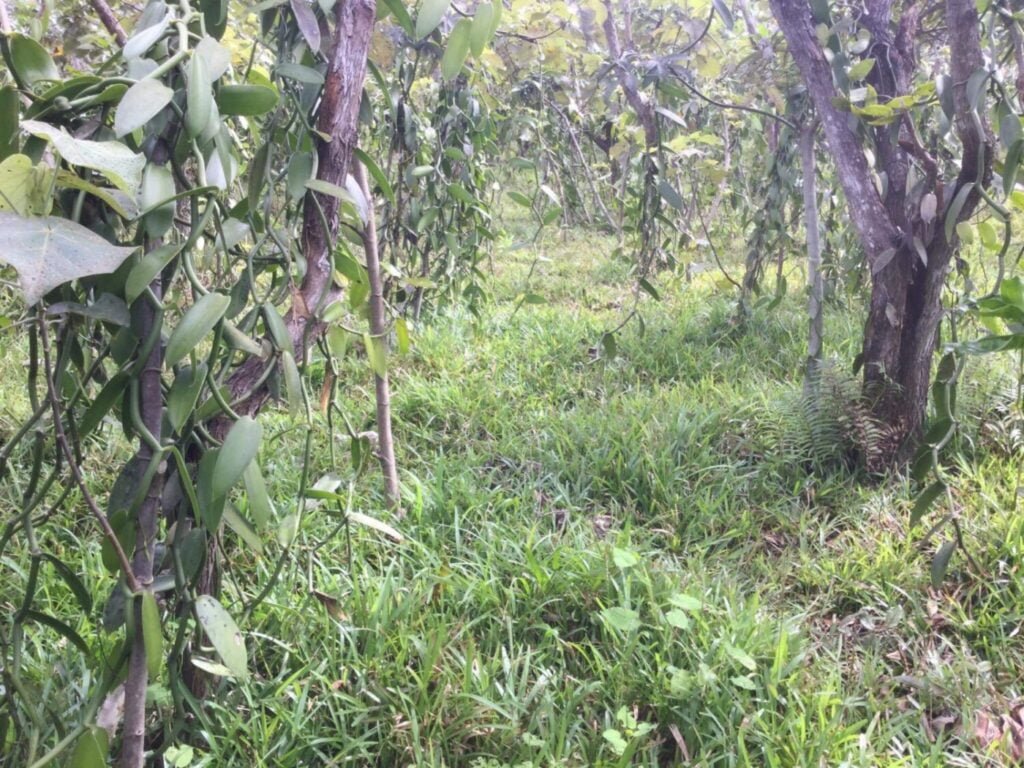
The Process of Growing Vanilla Beans
The Vanilla Orchid: A Unique Plant
The vanilla orchid is a fascinating plant. Its leaves are persistent and green, measuring 15 to 25 centimeters long and 5 to 8 centimeters wide. The trumpet-shaped flowers are light yellow and fragrant. The fruit of the vanilla orchid is a green elongated pod, which turns yellow and brown when mature.
The Challenges of Growing Vanilla
Growing vanilla is not without its challenges. It takes four years for a vanilla plant to produce pods. The main problems faced by farmers like Roger are natural disasters such as cyclones and drought, as well as livestock animals.
The Role of Human Intervention in Vanilla Pollination
The vanilla orchid relies heavily on human intervention for pollination. The wind has no effect due to the arrangement of the floral organs. The pollination process is carried out by women or children using a thin bamboo stylus. A good pollinator can perform between 1000 and 1500 pollinations per day.
The Impact of Vanilla Farming on the Community
Economic Impact: The High Value of Vanilla
The high price of vanilla compared to traditional crops like coffee and cloves has significantly improved the economic health of the community. A good vanilla plantation can produce between 500 and 800 kilograms of prepared vanilla per hectare for an average of 8-9 years.
Health Impact: The Benefits of Vanilla
Vanilla is not just a flavoring agent. It also has numerous health benefits, including antioxidant, anti-inflammatory, and mental health benefits. The cultivation of vanilla has indirectly contributed to the community’s health by providing a steady income to afford better healthcare services.
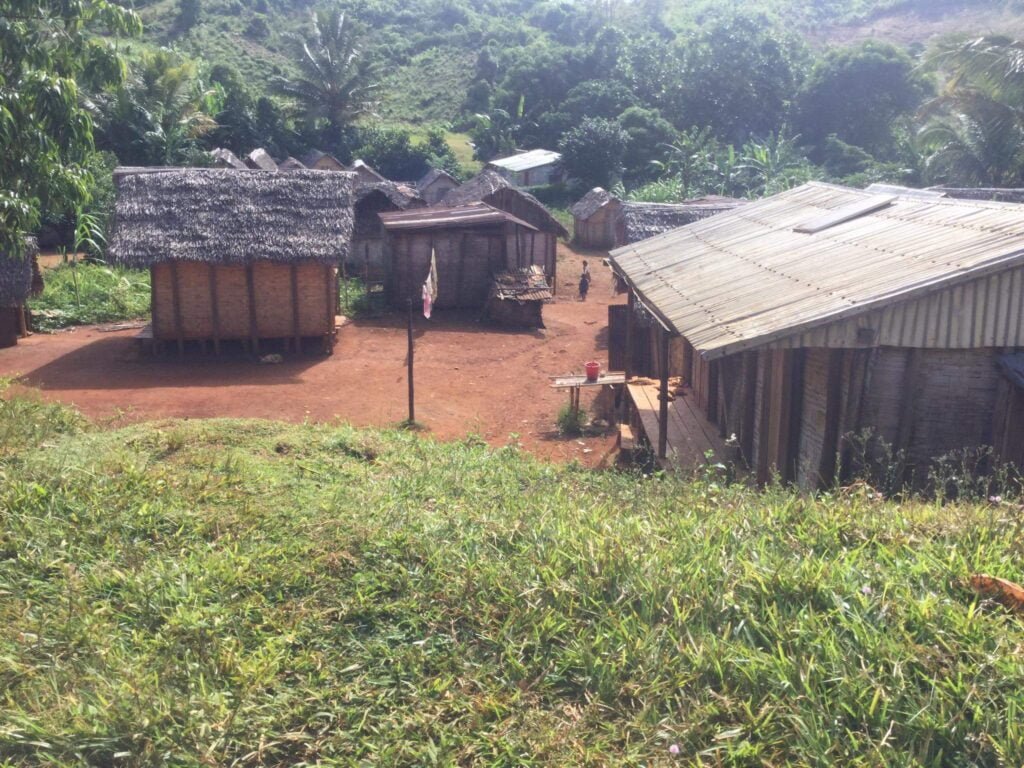
The Future of Vanilla Farming in Madagascar
Despite the challenges, the future of vanilla farming in Madagascar looks promising. Farmers like Roger are the backbone of this industry, and their hard work and dedication continue to put Madagascar on the global map as the leading producer of high-quality vanilla.
The Unforgettable Taste of Madagascar Vanilla Beans
The next time you enjoy a vanilla-flavored treat, remember the journey of the vanillabean. From the farms of dedicated farmers like Roger in Madagascar to your table, each vanilla bean carries a story of hard work, tradition, and a love for this unique flavor.
Learn more about SAVA
The SAVA region, where Roger ‘s farm is located, is the world’s vanilla capital. It’s a lush, green region of Madagascar that offers a multitude of landscapes, still preserved from mass tourism.
The region is a true green lung of Madagascar, delighting lovers of natural and peaceful areas as it brings together almost all of the island’s primary forests, as well as numerous plantations. The region is quite humid but enjoys almost total sunshine (between August and December, and from March to mid-May). This unique climate and fertile soil contribute significantly to the exceptional flavor of Madagascar vanilla. Learn more about the SAVA region here.

